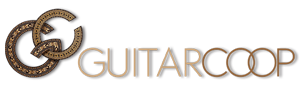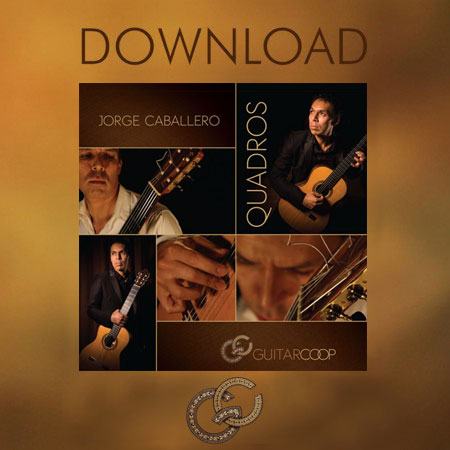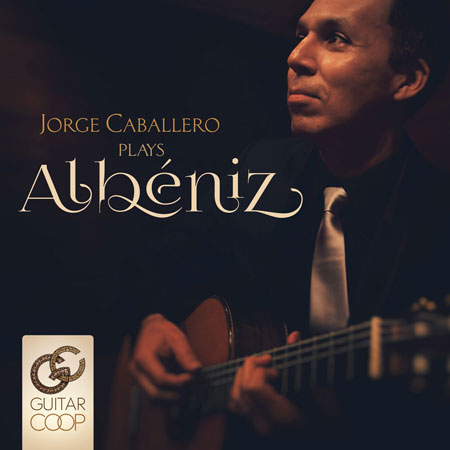Quadros
Transcriptions are such a central part of guitar artistry that one could say they have created inflections in its course almost as protuberant as original repertoire. This fascination for poetic re-creation, often con alcuna licenza, is a feature of the lute and vihuela tabulations of vocal works, made by such composers as Francesco da Milano or Luys de Narváez in the 16o Century. Tarrega, with his Albeniz versions and, later, the generation of Llobet, Pujol and Segovia, have created new expressive possibilities through their transcriptions of Granados’ La Maja de Goya or Bach’s Ciaccona almost as much as they did by inspiring original music by Falla, Villa-Lobos or Rodrigo. A transcription enterprise is validated in a twofold manner: it creates technical problems which, finding a new solution, replace the limits of what is possible further and further. At the same time it has to refund itself, revealing a personality and a texture only latent in the original. Not only that, a good transcription should be entertaining, enticing, even amusing. Mussorgsky’s masterwork, Pictures at an Exhibition, is notable for its gaunt scoring, deliberately written to create a rustic and case-hardened impression and to let the listener glimpse one’s own soul through the fractures. This has invited other composers to accomplish with an orchestra the sounds sketched by the piano. Ravel’s orchestration is more popular than the original, but there are more than twenty different orchestrations, from Francisco Mignone to Vladimir Ashkenazy, in addition to versions for band, organ or synthesizer. The work’s monumentality seemed to keep it out of the reach of the guitar, until Kazuhito Yamashita revealed, in 1980, his version, to general incredulity. This work put his name in the pantheon of the great transcribers and brought Mussorgsky, his intimacy and human dimension, back to the place bizarre orchestrations had stolen him from: the emotional core.
Furthermore, he created a compendium of new technical problems, including various tremolo combinations, the use of the right-hand little finger, suicidal shifts and extreme stretches. Most of these techniques were totally new at the time and kept the transcription as an impossible-to-climb mountain. Jorge Caballero here displays his mountain-climbing credentials and launches an era where the plain negotiation of technical difficulties is not even questioned: a wholesome, integrated musical conception emerges.
Rimsky-Korsakov had premiered, between 1887 and 88, three works that crowned him as a master of orchestral colour. The first of them was Capriccio Espagnol, op.34 (the other two being Scheherazade, op.35 and Russian Easter Overture, op.36). Here, Caballero takes on an even greater challenge: to ‘minimize’ for the guitar a work whose unquestionable main point of interest is orchestral colour. Ingrained cultural crossed-references, associating Spain to the guitar, come to his aid. As though he were writing musical footnotes, Caballero reveals the origin of dance gestures, rasgueados or punteados so ingeniously designed by Rimsky-Korsakov for the orchestra. It is often said some of the best Spanish music has been written by French (Bizet…) and Russian composers; Rimsky-Korsakov’s evocative power bears weight to the argument, now enhanced by this guitar transcription.
Legend has it that Stravinsky, in conversation with Andrés Segovia, said ‘if you had, in the 1920’s, commissioned a work of mine for the guitar, I’d certainly had composed it’; Segovia’s reply would have been ‘I did not ask because I did not want to seem rude by not playing it’. Segovia’s repulsion to loud Modernism is evident, but it would have been interesting to witness his reaction to this tender, translucent Caballero transcription of the Dance of the Princesses from Firebird. This gives guitarists a taste of what the young Russian genius might have written for the guitar.
By Fabio Zanon
NIKOLAY RIMSKY-KORSAKOV (1844-1908) Capriccio Espagnol
01- Alborada 1’18
02- Variazioni 4’42
03- Alborada 1’15
04- Escena y Canto Gitano 4’33
05- Fandango Asturiano 3’18
MODEST PETROVICH MUSSORGSKY (1839-1881)
Quadros de uma Exposição / Pictures at an Exhibition 06- Promenade 1’22
07- I Gnomus 2’31
08- Promenade 1’23
09- II Il vecchio castello 4’22
10- Promenade 0’29
11- III The Tuileries 1’00
12- IV Bydlo 2’34
13- Promenade 1’07
14- V Ballet of the Little Chickens 1’15
15- VI Samuel Goldenberg und Schmuyle 2’19
16- VII Market Place in Limoges 1’26
17- VIII Catacombae – Sepulcrum Romanum 2’00
18- Cum mortuis in lingua mortua 2’38
19- IX The Hut Baba-Yaga 3’39
20- The Bohatyr Gate of Kiev 5’36
IGOR STRAVINSKY (1882-1971)
21- Round Dance of The Princesses (from The Firebird) – BONUS TRACK 4’20
Credits
Quadros
Conception: GuitarCoop
Recorded at: Auditório do Centro de Cultura Judaica, São Paulo-SP / Estúdio Giba Favery
Date: 20, 21 e 22 de novembro de 2014 | 20, 21 and 22 november 2014
Sound Engineering: Ricardo Marui
Recording Assistants: Henrique Caldas e Raffaele Parra
Edition and Mixing: Ricardo Marui, Jorge Caballero e Henrique Caldas Estúdio Cantareira / Estúdio Giba Favery
Mastering: Homero Lotito – Reference Mastering Studio
Musical Production: Paulo Martelli
Content Direction: Camilo Carrara
Graphic Design, Photos and Videos: Eduardo Sardinha
Photographs CD Quadros: Eduardo Sardinha / Victor Lima
Web Design: Eduardo Sardinha / Patricia Millan – Sardinha17
Texts: Fabio Zanon, Camilo Carrara
Executive Production: Lilah Kuhn
English Translation: Sérgio Lawitschka
Proofreading: Bob Wyatt / Fabio Zanon
Microphones: Royer SF-24, DPA 2006
Recording System: Pro Tools HD2
Preamplifier: Millenia HV-3D
Monitoring: B&W 804
Speakers Amplifier: Anthem MCA 20
Recording and Editing Software: Pro Tools 8 HD
Cables: Audioquest King Cobra
Guitar: Randall Angella (No. 31, 1980)
Strings: Albert Augustine Strings LTD. (Regal-Red set)
Acknowledgements: Marcelo Kayath, Centro de Cultura Judaica, Faculdade Cantareira, Sardinha17 


 Português
Português








![O violão clássico é uma peça delicada que exige cuidados especiais para manter sua sonoridade e durabilidade. A madeira, o verniz, as cordas e as diversas peças que compõem o instrumento são sensíveis a fatores externos como umidade, temperatura, poeira e até mesmo o suor das mãos.
Entre os cuidados básicos para mantê-lo em ordem estão a limpeza regular, armazenamento adequado, troca de cordas regular, ajustes periódicos e proteção contra impactos.
Com os cuidados certos, o seu violão clássico terá a sonoridade preservada, aumento da vida útil e manterá o valor - que em muitos casos, é inestimável.
Cuidar do seu violão é um ato de amor pela música. Ao dedicar alguns minutos aos cuidados básicos, você estará garantindo que seu instrumento o acompanhe por muitos anos, proporcionando momentos de alegria e inspiração.
[EN] The classical guitar is a delicate instrument that requires special care to maintain its sound quality and longevity. The wood, varnish, strings, and various components are sensitive to external factors such as humidity, temperature, dust, and even hand sweat.
Basic care includes regular cleaning, proper storage, routine string changes, periodic adjustments, and protection from impacts.
With the right care, your classical guitar will retain its sound, last longer, and maintain its value—which, in many cases, is priceless.
Taking care of your guitar is an act of love for music. By dedicating just a few minutes to basic maintenance, you ensure that your instrument stays with you for years to come, bringing joy and inspiration.
#basiccare #classicalguitar #classicalmusic #guitarcoop](https://guitarcoop.com.br/wp-content/plugins/instagram-feed/img/placeholder.png)





